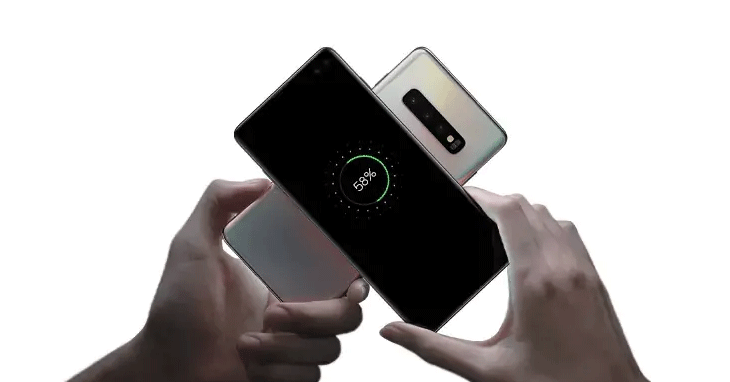Is It Safe to Use Your Phone for Reverse Charging?
What is Reverse Charging?
Reverse charging is a feature that allows a smartphone to act as a power bank. Using a USB-C or type C charger port, you can transfer power from your phone’s battery to another device. This is different from traditional charging, where the power flows from the charger to the device. Reverse charging is generally available in fast charging phones and is typically used for devices that have lower power needs, such as wireless headphones or smartwatches.

When used correctly, reverse charging can be safe, but there are several factors to keep in mind:
1. Power Drain on Your Phone
One of the primary concerns with reverse charging is the power drain it places on your phone. Charging another device means your phone’s battery will be depleting more rapidly. This can lead to a quicker battery wear over time if done frequently. It’s important to use reverse charging only when necessary, such as in emergencies or while traveling, and not as a regular charging method.
2. Charging Efficiency
The charging efficiency when using reverse charging is often not as high as with traditional methods. Reverse charging typically works at lower wattages compared to fast chargers or PD chargers (Power Delivery chargers), which can result in slower charging speeds. Devices like headphones or smartwatches will benefit from reverse charging, but if you're attempting to charge a larger device, the process will take significantly longer.
3. Heat Generation
Reverse charging generates heat, just like regular charging. Since your phone is essentially acting as a power bank, it is working harder to supply power to another device. Overheating can be a risk, especially if you're charging multiple devices or using the reverse charging feature for an extended period. This could potentially affect your phone’s internal components and lead to battery degradation over time.
Best Practices for Safe Reverse Charging
To ensure safe reverse charging, here are some tips you should follow:
·Charge Smaller Devices Only: Only use reverse charging to power low-power devices, such as wireless earbuds, smartwatches, or fitness trackers. Charging larger devices like a tablet or laptop may overburden your phone’s battery and generate excessive heat.
·Monitor Battery Temperature: Always keep an eye on your phone’s temperature while reverse charging. If your phone starts feeling hot, unplug it immediately to prevent overheating or potential damage.
·Limit Reverse Charging Use: Reverse charging should be used in emergency situations or when there’s no access to a power bank or charger. Using it regularly will drain your phone’s battery and lead to faster wear and tear.
·Use Quality Chargers: Ensure you’re using high-quality, certified cables and chargers to avoid issues related to short circuits, overvoltage, or other potential hazards.

Using your phone’s battery for reverse charging won’t necessarily cause immediate damage, but over time, repeated usage can lead to battery wear. The battery inside your phone is designed for regular charging and discharging cycles, and reverse charging counts as an additional cycle. The more cycles your battery goes through, the more its capacity depletes, reducing its overall lifespan.
A fast charger factory or charger manufacturer typically recommends not overusing features like reverse charging. If you’re frequently relying on your phone to charge other devices, consider investing in a dedicated power bank or portable charger to preserve your phone’s battery health.
When Should You Use Reverse Charging?
Reverse charging is best used when you’re in a pinch and need to quickly charge smaller devices while on the go. Some mobile charger suppliers and charger manufacturers have started integrating reverse charging into their models to cater to consumers who need a multi-functional charging solution. However, it’s not a feature you should rely on for everyday use.
For longer-term and faster charging solutions, it’s better to use traditional chargers or a power bank that can handle the charging needs of your larger devices without affecting your phone’s battery life.
Conclusion: Use Reverse Charging with Caution
In conclusion, reverse charging is a convenient feature, but it should be used cautiously. While it’s safe in most cases, excessive use can lead to battery drain, overheating, and potential damage. Always consider the type of device you’re charging, monitor your phone’s temperature, and don’t use reverse charging as a long-term solution. If you want to keep your phone’s battery in good shape and ensure efficient charging, it’s always a good idea to use a dedicated charger or power bank when possible.